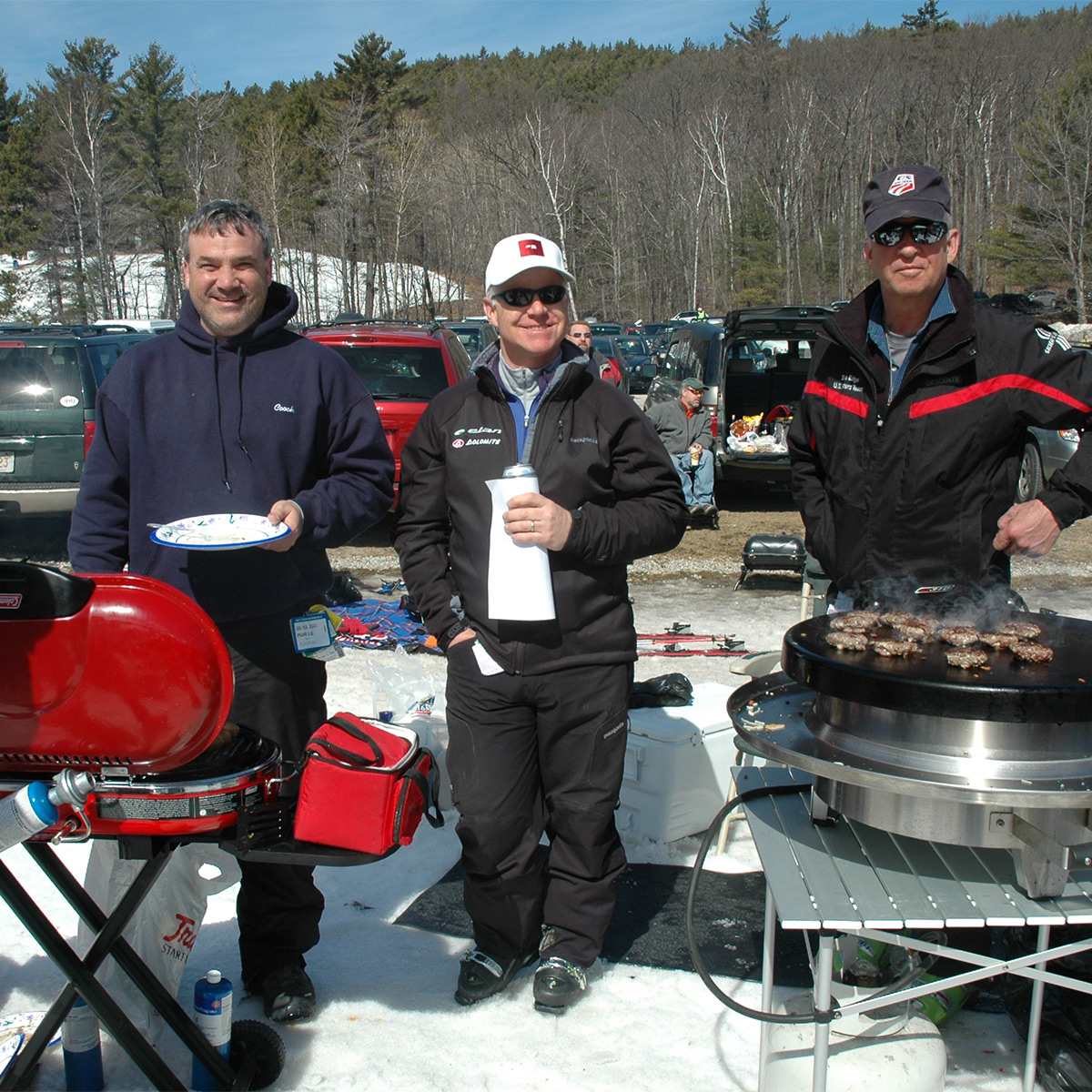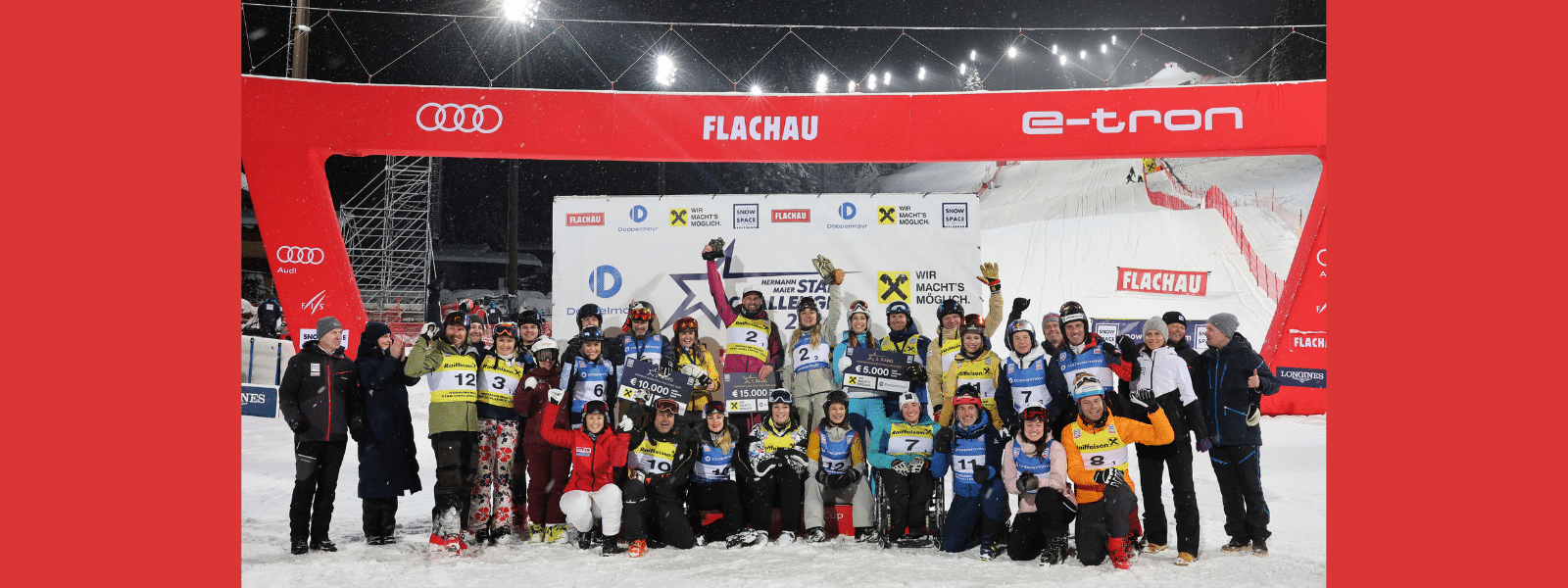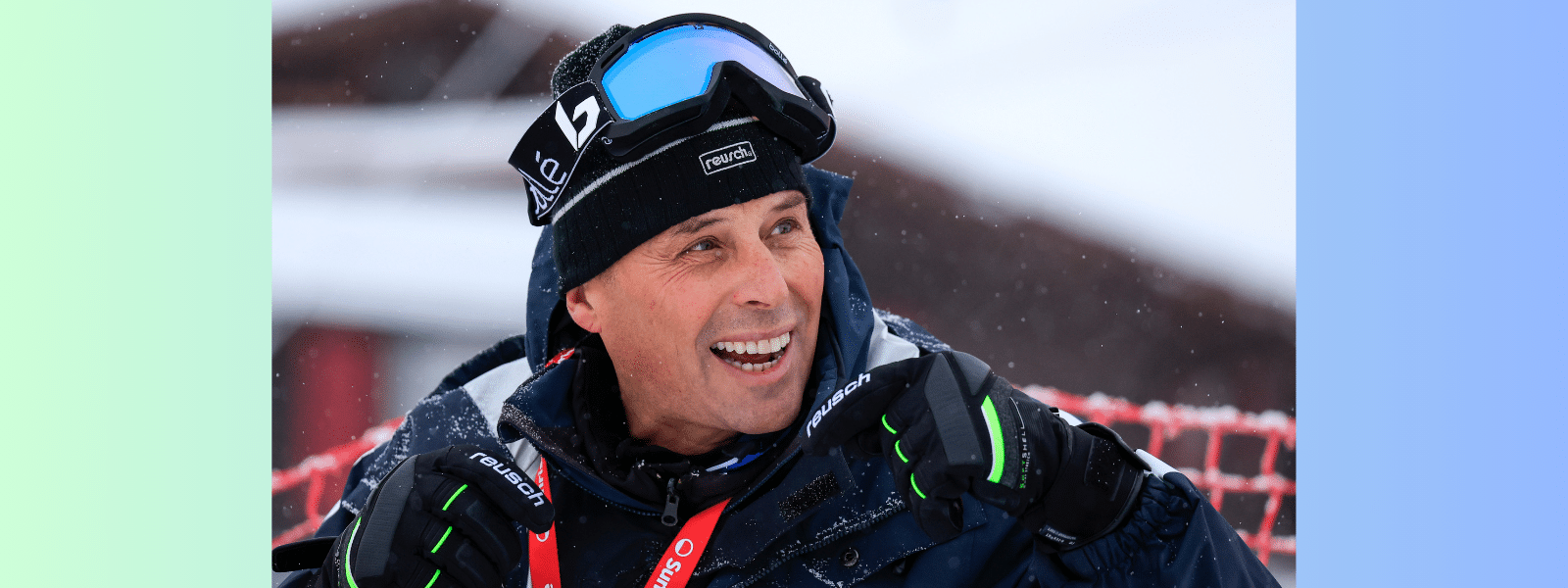RacerNext: Station Wagons and Condiment Sandwiches
What this sport is missing in the Ritzification of racing
The discussion du jour — pretty much every jour — is about development and the cost of ski racing. Committees and subcommittees are busily being formed and proposals are being made, and rightly so. This is a huge problem and one I will cease yammering about (for a little while) after one more observation. It occurs to me that sometimes the easy parts of a solution are overlooked. In this case it’s a skill we all first learned in kindergarten.
It’s the art of sharing.
Sharing comes naturally to skiers. We are social animals, spawned from generations of people who communed around ski lodge fireplaces and fondue pots. We thrive on sharing, and yet we’re doing it less.
It’s not just skiers. There’s a cultural shift behind this decreased tolerance for sharing. Instead of taking trains or carpooling to ski country, we’re taking advantage of telecommuting to travel back and forth to the mountains in our own big cars, with lots of personal space. Buckled-up kids often watch their own movies, play their own games and listen to their own music. The simple ski cabin with bunkbeds has given way to the customized retreat, well away from the masses.
All these things aren’t necessarily bad, but they gnaw at the traditional ski community bonds that were based on the art and appreciation of low maintenance living. The very hassle of skiing once self-selected people with like sensibilities — including a tolerance for the rough edges that go along with the sport.
Skiers were the MacGyvers of the recreational world, able to fix anything with duct tape and a wicket. [Editor’s note: See Warner Nickerson’s take on MacGuyver and skiing here.] Skiers could survive on condiment sandwiches, happy to collectively endure all manner of discomfort and delay in exchange for one screaming run in the powder.
Then came the Ritzification of skiing, and the notion that skiing was supposed to be a five-star, boots-on-the-warmer experience. Instead of waiting in line with the shivering MacGyvers, you could buy your way to the front of the line like a slick Madoff. That’s when all the trouble started.
Just because many of today’s ski racers can afford every advantage and can effectively jump solo to the front of the line doesn’t mean it’s something to which parents or programs should aspire. Delivering kids behind the velvet rope at ever-younger ages has consequences worth pondering. Does a more exclusive experience make the sport and the kids better or more fun in the long term? What are they missing by not hanging out in line together, not working toward the reward together?
The Low Maintenance Advantage
Teaching kids to be low maintenance, to get along in a group, and to make the most of every situation is a more valuable gift than teaching them to be precious. Low maintenance means sharing: sharing beds and a bathroom down the hall; sharing group meals that may or may not have gluten-free and vegan options; sharing music; sharing responsibility to solve crises without calling home; sharing vans and tools; and sharing that last banana on the breakfast table. Kids who can roll with these things will most likely thrive in a wide range of conditions and be confident when thrown in new situations. It’s like knowing how to ride the subway because sometimes no matter how much money you have, it’s the fastest way to go.
Sharing as Culture
Programs that embrace the culture of sharing have a healthy, we’re-in-this-together vibe. They hand down gear and clothing, host ski swaps, share seldom-used speed skis, and race according to each individual’s needs. When traveling, they pile into condos, carpool, get group rates on parent tickets, eat dinner at home, spend happy hour tuning skis, pack lunches in shared coolers, and ski together until the lifts close — even on a race day. A lot of little things add up (or rather, DON’T add up) to keep the sport sustainable for more people, because when it comes to ski friends, more is definitely better.
Sharing the Wealth Responsibly
Wealthy ski communities and programs generously offer scholarships to needy kids. Those are fantastic, and no doubt keep a few talented kids in the sport for a few more years. But to significantly impact the sport, it’s even more important to think of ways to manage costs for everyone, regardless of means, and to be judicious about every dollar spent. Assuming most families can afford an extra expense (more skis, a nightly tuning service, flying versus driving, luxury hotels, new uniforms, another camp, etc.) doesn’t make it necessary, beneficial or responsible. And we all know what assumptions do.
 Sharing the wealth at Ford Sayre. Courtesy Edie Thys Morgan
Sharing the wealth at Ford Sayre. Courtesy Edie Thys Morgan
Sharing the Turf
Every club can take in kids from across the river or across the country who need training in a pinch. I would never have made it past my region without the kindness and generosity extended from people and programs, many of whom didn’t know me a bit. Whether it was traveling to the eastern NorAms in a station wagon full of ski academy strangers, or training on a glacier in Switzerland with clubs who didn’t speak my language, the skiing community allowed it to happen. Especially now, with less support at the national team level, we need to share what we’ve got with the kids who are committed for the long haul.
Share the Knowledge
I’ve coached at a few projects and events where kids and coaches from different programs get mixed together for a day. Those are among my favorite days, because not only do kids from other clubs or divisions get to meet each other, but coaches also take partial ownership of those kids. In subsequent races, even the least warm-and-fuzzy-seeming coaches then look out for those same kids, often giving them tips and rooting for them as one of their own. That’s the way it should always be.
Share the Love
Humans, especially skiing humans, evolved to thrive through cooperation. Our natural instinct is to look out for each other, and it happens all the time in skiing. Every summer at Mount Hood, “Speedy” Archer — the master of keeping skiing real — always has a kid or two hauling salt and gates and running dryland in exchange for training. In addition to being talented on snow, these are hard-working, grateful, positive kids who would make any parent proud. Lots of people like Speedy quietly do things like this. Thank you, all!
There’s no one way to pursue this sport, but there are lots of little ways to make it easier. Instead of running George Jetson-like to keep up with the future, look to each other, and see how you might be able to make it work, together, with a little bit of our past. It’s not about going until we break the camel’s back, but about packing a manageable load.





















